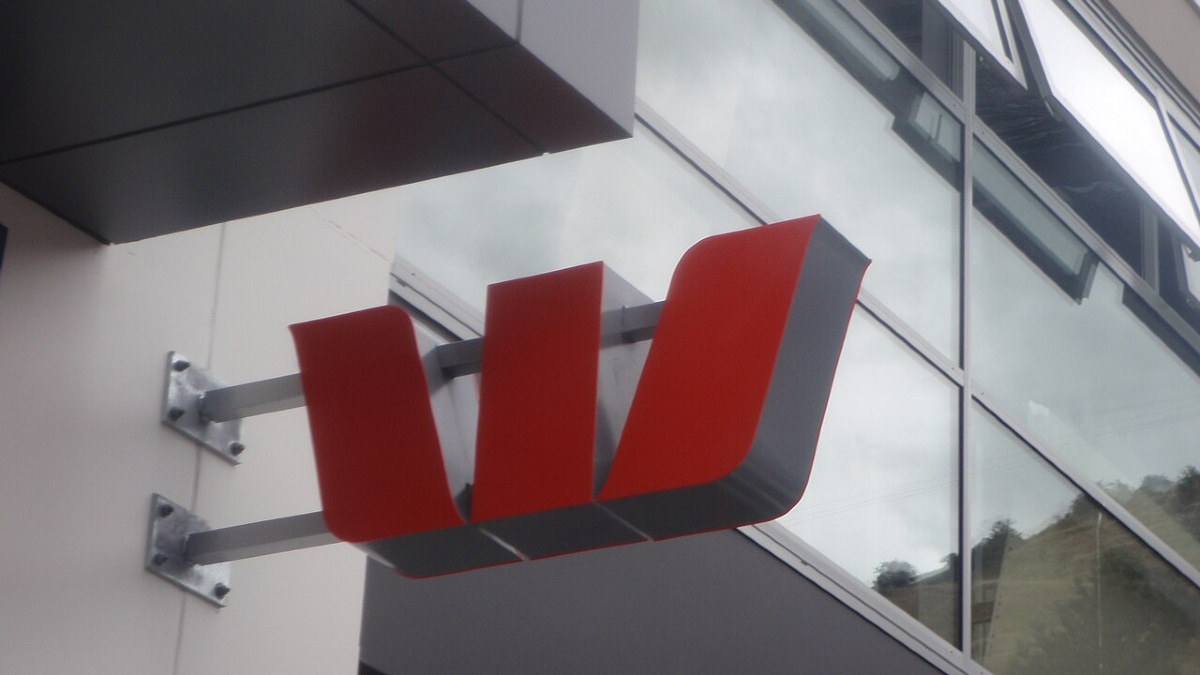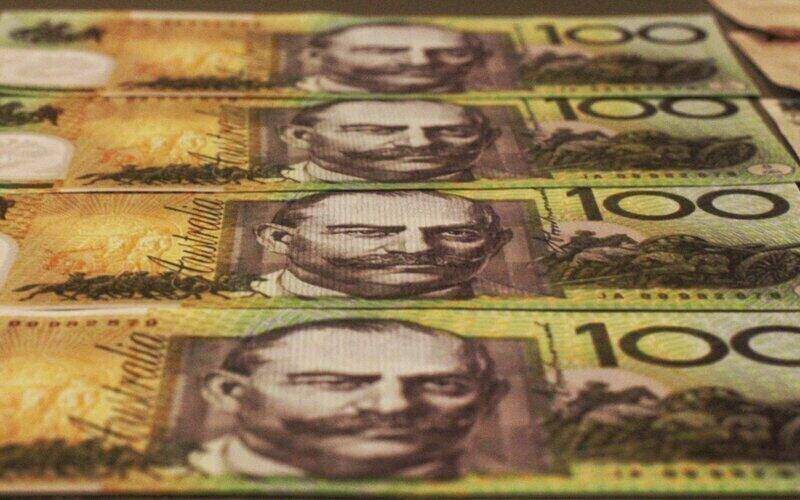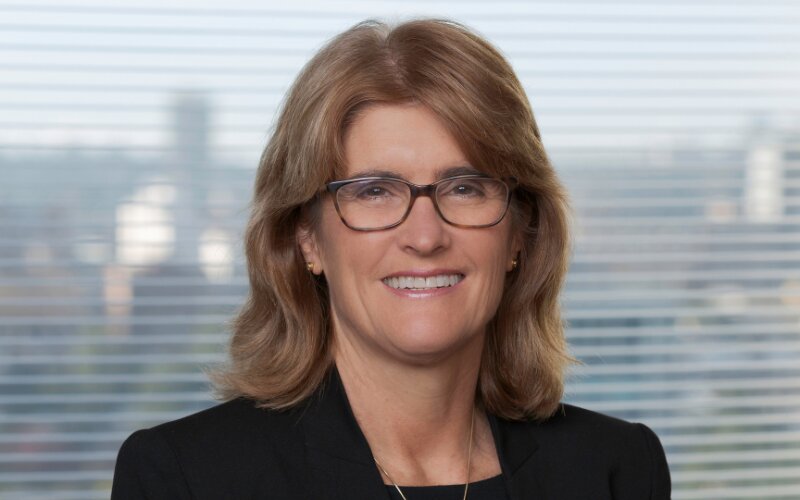The Reserve Bank's paper found 90% of those on fixed-rate home loans due to expire in the next two years could find their repayments swell by up to 20% if interest rates increased by 200 basis points.
Commonwealth Bank's half-year results indicated $89 billion worth of fixed home loans are due to expire in 2023.
The RBA's paper suggests just over 40% of variable rate borrowers made enough monthly repayments over the past year to cover a 200 basis point difference.
A quarter of these borrowers would see their repayments increase by more than 30%.
Those under mortgage stress - more than 30% of income going to the mortgage - would double from 10% to 20%.
Already some fixed-rate home loans have increased by more than 200 basis points in the past year.
That said, Australians on average are still well-ahead on their mortgage payments.
Through the pandemic, the average (median) owner occupier on a variable rate loan was 21 months ahead on mortgage payments in February.
A 200 basis point rise in home loan rates could see that dip to 19 months.
Prior to the pandemic the average buffer was 10 months' worth.
Interest rate increases
RBA data shows many fixed-term home loan rates are higher than they were pre-pandemic.
As at the end of February 2022, the average owner occupier fixed rate beyond three years was 3.27% p.a. - the last time it was higher was at the end of September 2019 when it was 3.29% p.a.
Three year-plus fixed home loans for investors also averaged 3.52% p.a. - they were last at this level at the end of January 2020 (3.57% p.a.)
It's expected they will trend higher when March and April data is released amid a flurry of fixed rate hikes over the past few weeks.
Fixed terms below three years still have some catching up to do, while variable loans generally continue their downward slide, as seen in the graph below.
This data is for new loans funded in the month, which provides a more acute snapshot of which way the market is headed than all outstanding loans.
Average home loan sizes soar
While there was a slight pullback in February, ABS data shows average home loan sizes for owner occupiers and investors have climbed sharply since the onset of the pandemic.
In February 2020, the average owner occupier home loan size was $480,000, while for investors it was $481,000.
Fast forward to two years later and it's $596,000 and $602,000 respectively, as seen in the graph below.
Average home prices also increase sharply
ABS data shows as at the end of December 2021, the mean residential home price across Australia hit $920,100.
It soared to more than $1.2 million across New South Wales.
Note that 'mean' prices can be pushed out by a few homes worth many millions.
Domain data for the December quarter shows the average house price across the capital cities also surpassed $1 million.
However CoreLogic data showed for the first time in 17 months, Sydney recorded a decline in housing values.
Higher home loan rates and high home prices make Homer something something.
A decade under the influence: No RBA rate increase since 2010
At Tuesday's monetary policy meeting, the Reserve Bank board decided to leave the cash rate on-hold at 0.10% or 10 basis points.
It has been at that record low level since November 2020.
However, the removal of the word 'patient' from its statement signalled to the market it could increase the cash rate soon.
All four of Australia's major banks have now pencilled in a June rate rise.
ANZ economists forecast the cash rate to hit 2.00% by the end of 2023, meaning it expects eight cash rate rises between June and then - one 15 basis point rise followed by seven 25 basis point increases.
The last time the Reserve Bank increased the cash rate was in November 2010, increasing it by 25 basis points to 4.75%.
Since then the central bank has made 18 decreases, including an unprecedented two in the single month of March 2020.
For the RBA to increase the cash rate in June, Westpac chief economist Bill Evans said a few things need to happen first.
He said it will be dependent on new inflation data released on 27 April, wages data on 18 May, and further labour force data to be released in those months.
An upcoming federal election in mid-to-late May also throws a spanner in the works.
"Even though the election in May posed some complications for monetary policy it appears from this change in rhetoric that the Board is prepared to accept that a specific debate about an immediate rate hike following the election on May 14 or 21 can be contemplated, emphasising the independence of the Reserve Bank," Mr Evans said.
"We have been surprised with this very significant change of heart from the board since the March meeting."
Advertisement
Buying a home or looking to refinance? The table below features home loans with some of the lowest interest rates on the market for owner occupiers.
| Lender | Home Loan | Interest Rate | Comparison Rate* | Monthly Repayment | Repayment type | Rate Type | Offset | Redraw | Ongoing Fees | Upfront Fees | Max LVR | Lump Sum Repayment | Additional Repayments | Split Loan Option | Tags | Row Tags | Features | Link | Compare | Promoted Product | Disclosure |
|---|---|---|---|---|---|---|---|---|---|---|---|---|---|---|---|---|---|---|---|---|---|
5.79% p.a. | 5.83% p.a. | $2,931 | Principal & Interest | Variable | $0 | $530 | 90% |
| Promoted | Disclosure | |||||||||||
5.74% p.a. | 5.65% p.a. | $2,915 | Principal & Interest | Variable | $0 | $0 | 80% |
| Promoted | Disclosure | |||||||||||
5.84% p.a. | 6.08% p.a. | $2,947 | Principal & Interest | Variable | $250 | $250 | 60% |
| Promoted | Disclosure |
Photo by Merio on Pixabay

Ready, Set, Buy!
Learn everything you need to know about buying property – from choosing the right property and home loan, to the purchasing process, tips to save money and more!
With bonus Q&A sheet and Crossword!






 Denise Raward
Denise Raward


 Brooke Cooper
Brooke Cooper
 Hanan Dervisevic
Hanan Dervisevic

